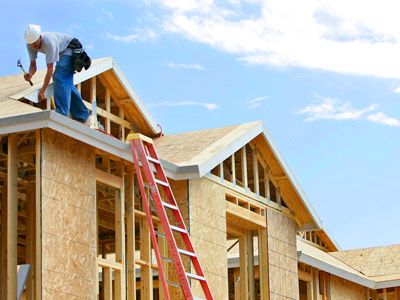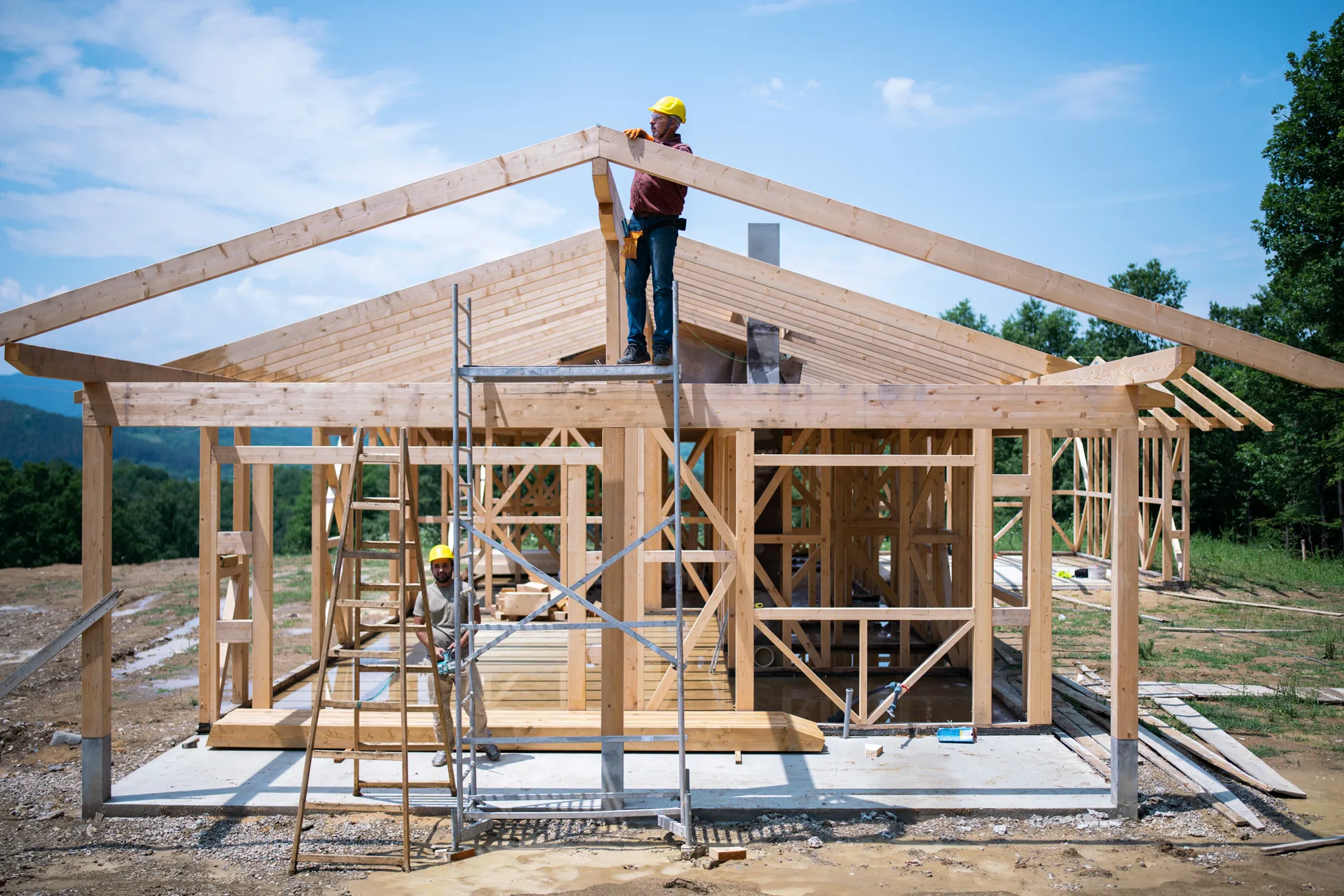Exactly How a General Professional Can Change Your Typical Locations Into Practical Areas
The makeover of usual areas into useful rooms is a nuanced process that needs a general service provider's expertise in analyzing certain area demands and designing customized remedies. By taking into consideration aspects such as format, access, and visual allure, a specialist can produce settings that not just offer useful objectives but also foster community engagement.
Assessing Current Common Area Demands
When assessing typical areas, it is necessary to identify and comprehend the specific requirements of the neighborhood they serve. This procedure begins with a complete assessment of present usage patterns, which involves event information walking web traffic, peak use times, and tasks taking location within these rooms. Engaging with neighborhood participants with conferences or surveys can offer beneficial understandings right into their choices and difficulties.
Next, it is essential to consider the group structure of the neighborhood, including age, way of living, and any special needs that may influence exactly how these spaces are made use of. For circumstances, families with little ones might call for backyard, while older adults might focus on availability functions.
Additionally, reviewing the existing framework and facilities is critical. Identifying locations that are underutilized or in requirement of repair service can educate potential improvements. Collaborating with stakeholders, such as residential property managers and neighborhood organizations, ensures that the assessment reflects a comprehensive understanding of the area's requirements.
Ultimately, a thorough analysis of present common area needs lays the groundwork for efficient transformations, enabling for the production of rooms that cultivate interaction and boost the general quality of life within the neighborhood.
Creating for Capability and Looks
A thorough understanding of community requires establishes the stage for reliable layout that balances performance and aesthetics alike areas. Successful style calls for a thoughtful technique that considers both the useful uses the area and the aesthetic charm that boosts the atmosphere.
Practical design involves developing rooms that satisfy the specific activities and interactions of the community. This may consist of flexible seating arrangements for gatherings, obtainable paths for individuals with mobility challenges, or marked locations for leisure tasks. Each aspect needs to offer a purpose while ensuring ease of motion and comfort for individuals.
Aesthetics play an important duty in cultivating a welcoming ambience. The selection of shades, materials, and illumination can significantly affect the perception of an area. Including natural components, such as greenery or water features, can enhance the setting and produce a comforting atmosphere. In addition, lining up the design with the community's cultural identification can foster a feeling of belonging and pride.
Budgeting and Source Allotment
Reliable budgeting and resource allotment are crucial elements in the effective makeover of typical locations. A distinct budget outlines the economic specifications within which the project must operate, guaranteeing that expenses are regulated and resources are properly used. This begins with an extensive evaluation of task requirements, including style components, materials, and labor.

A basic professional plays a vital duty in this phase, teaming up with stakeholders to establish sensible budget price quotes that align with the desired vision. By prioritizing important features and discovering affordable alternatives, the specialist can optimize costs without jeopardizing high quality.
Source allocation involves strategically assigning employees, equipment, and products to various phases of the job (General Contractor Indiana). This needs cautious preparation to prevent delays and ensure that each part is provided in a timely manner. Furthermore, regular tracking of expenditures against the budget plan helps to identify possible overruns early, allowing for timely adjustments
Managing Building And Construction Process Effectively
Managing the building process effectively is important for accomplishing timely task completion and preserving budget plan stability. A well-coordinated approach involves thorough planning, clear interaction, and efficient source administration. General professionals have to develop a comprehensive task timeline that details each phase of building and construction, allowing for the identification of potential bottlenecks and crucial turning points.
Regular progress meetings are critical for maintaining all stakeholders notified and lined up. These meetings assist in the prompt resolution of concerns, making sure that the project stays on track. Additionally, making sites use of task management software program can streamline communication, track development, and manage paperwork, minimizing the chance of delays and misunderstandings.
Reliable source allocation is additionally vital. By ensuring that materials, labor, and equipment are offered when needed, basic professionals can protect against pricey interruptions. Executing a positive strategy to run the risk of monitoring additional boosts effectiveness, as it enables for the identification and mitigation of potential challenges prior to they rise.

Making Certain Conformity and Top Quality Criteria
Conformity and top quality standards are basic to the success of any kind of building and construction job, ensuring that the completed areas not just meet client assumptions however also stick to regulative needs. A general service provider plays a crucial role in enforcing these standards throughout the building and construction procedure.
First, it is vital for the specialist to stay updated on local building ordinance, safety guidelines, and market finest methods. This knowledge allows them to guide style selections and product options that line up with conformity requirements. Normal evaluations and top quality assessments during the building and construction stage aid to determine potential problems early, minimizing pricey hold-ups and remodel.
In addition, a trustworthy basic contractor fosters link a society of quality among workers and subcontractors. This can be accomplished by providing training on compliance methods and carrying out stringent quality assurance steps. By establishing clear communication networks, the service provider can ensure that every person entailed understands their responsibilities relating to compliance and quality.
Conclusion
In conclusion, the duty of a general specialist in transforming typical locations into functional areas is essential. Via a thorough analysis of community demands, thoughtful design, meticulous budgeting, and reliable task management, these specialists can produce environments that improve functionality and visual charm. Adherence to conformity and high quality criteria additionally ensures that renewed areas not just satisfy the expectations of stakeholders yet also foster involvement and enhance the total experience for all users within the neighborhood.
The transformation of typical areas into functional spaces is a nuanced procedure that needs a basic contractor's competence in examining certain community needs and making customized services. By considering aspects such as format, ease of access, and aesthetic allure, a contractor can develop settings that not just offer sensible objectives but additionally foster area interaction. General contractors should establish a comprehensive job timeline that outlines each stage of building and construction, allowing for the recognition of prospective traffic jams and crucial turning points.
